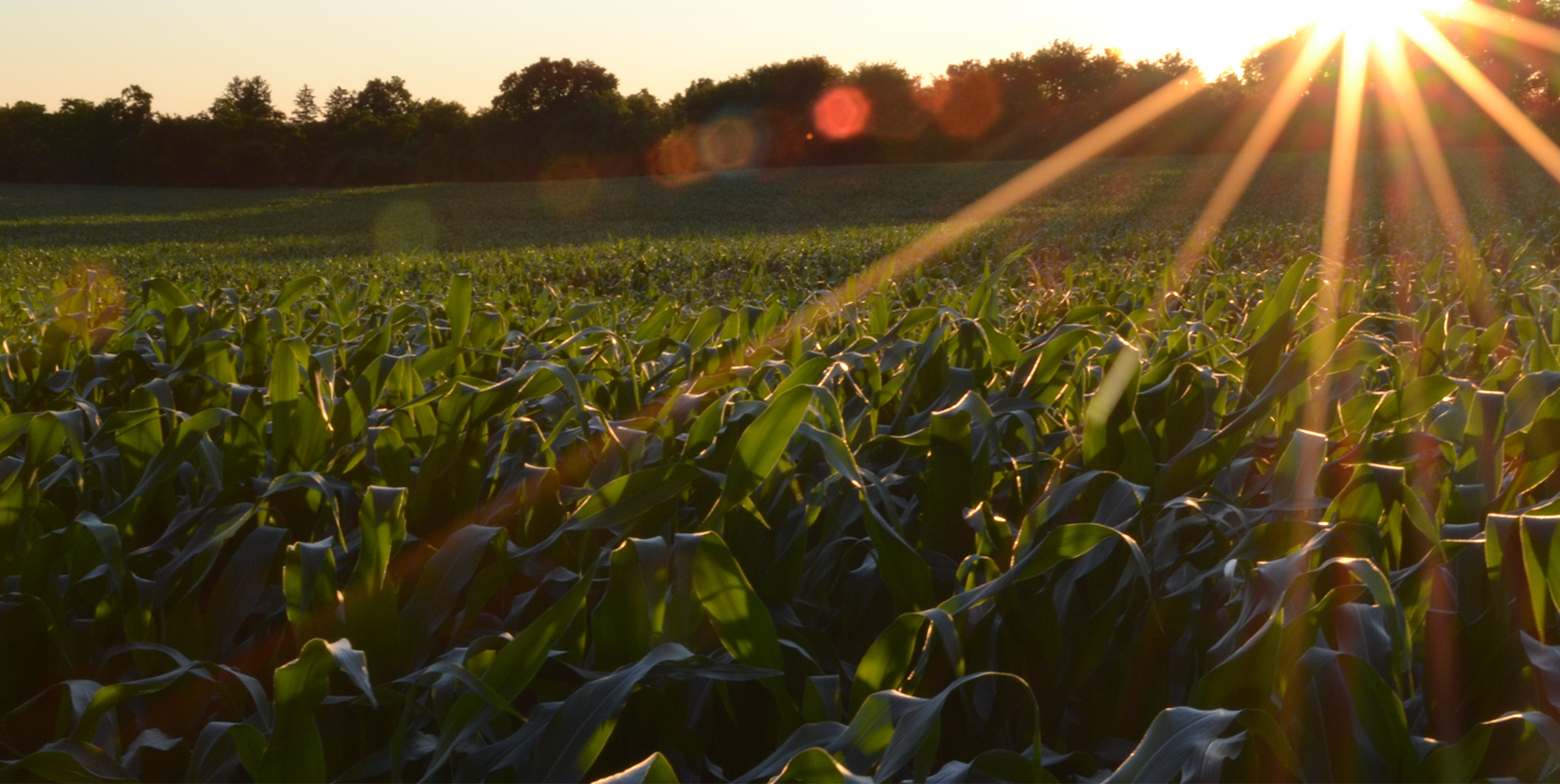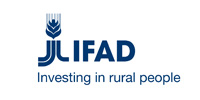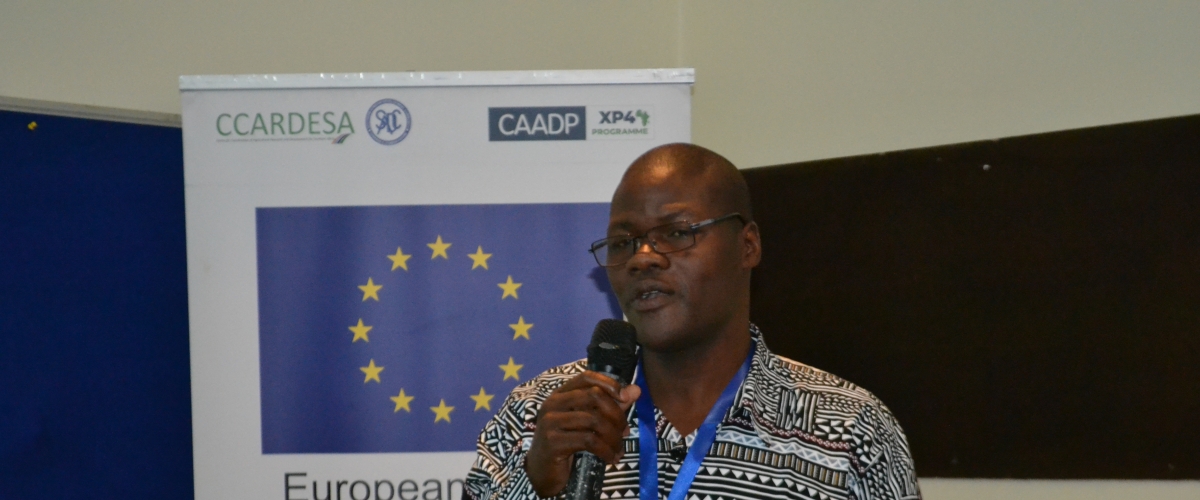
By Happy Mulolani Despite its abundant resources, Africa has faced several challenges, including access to markets, access to finance, and climate change. To offer solutions to the predicament African countries are faced with, the African Union Assembly of Heads of State and Government, through the Maputo Declaration of 2003, adopted the Comprehensive Africa Agriculture Development Programme, committing to improve food and nutrition security and to develop their economies through agriculture. Ten years later, this commitment was refreshed through the Malabo Declaration adopted in 2014 in Equatorial Guinea. It stands as a significant commitment by African leaders towards transforming the continent's agricultural landscape. This declaration not only aims to ensure food security but also to eradicate hunger by 2025. Central to its goals is the commitment to allocating 10% of national budgets to agriculture, a target that underscores the sector's pivotal role in developing the continent. The Malabo Declaration is anchored on seven pillars, which include recommitment to the principles and values of the CAADP process, enhancing investment finance in agriculture, ending hunger by 2025, halving poverty agriculture by 2025, boosting intra-Africa trade in agricultural commodities and services, enhancing resilience to climate change, and seventh, enhancing mutual accountability for actions and results. The pillars seek to collectively contribute to Africa’s agricultural transformation, poverty reduction, and shared prosperity. The Centre for Coordination of Agricultural Research and Development for Southern Africa (CCARDESA), with financial support from the EU-funded CAADP-X4 Programme, organized a national training workshop on Knowledge Management, Data capture, and monitoring/reporting on Malabo commitments held in Lusaka, Zambia, from March 25 to 27, 2024. Mr Auckland Kuteya, a senior researcher at the Indaba for Agricultural Policy Research Institute, offered some insights into implementing the Malabo Commitments in Zambia. He indicated that Zambia had made strides in reviewing the National Agriculture Plan 2014-2018 to inform the formulation of the second National Agriculture Investment Plan (2NAIP). “The lessons learned were useful in formulating the Comprehensive Agricultural Transformation Support Programme (CATSP) and the NAIP, which has already been validated,” Mr Kuteya said. Mr Kuteya said the major programmes under the 2NAIP/CATSP are already being implemented and are aligned to the Eighth National Development Plan (2002-2026). He also said a national technical working group had already been constituted and trained. The reporting process to help track activities aligned with the Malabo declaration has also been established. Furthermore, the data clusters were also established to facilitate data collection and validation. Mr. Kuteya explained that one of the pillars focused on achieving a 10 percent allocation to the agriculture budget, and he indicated that “the budgetary allocation to the agriculture sector has been steadily going up nominally.” In terms of investments, the Assistant Director under the Department of Policy and Planning Information, Mr. Timothy Tonga, stated that the government had established a livestock breeding center under the Ministry of Fisheries and Livestock. He further explained that the government had invested US50 Million in aquaculture. The funds have also been made available to players in the value chain under the aquaculture seed fund. “Farmers are accessing funds at 12 percent interest, which is affordable and meant to upscale their aquaculture activities,” he said. Mr Tonga noted that the increased investment in the aquaculture value chain is meant to encourage more farmers to embark on aquaculture, as it has attracted interest from Botswana. The Ministry of Fisheries and Livestock Principal Statistician Mweembwa Chijoka concurred that there was increased support for fingerlings production. “There has been a tremendous increase of fingerlings from over 200 million in 2020 to over 400 million in 2023,” Mr Chijoka said.
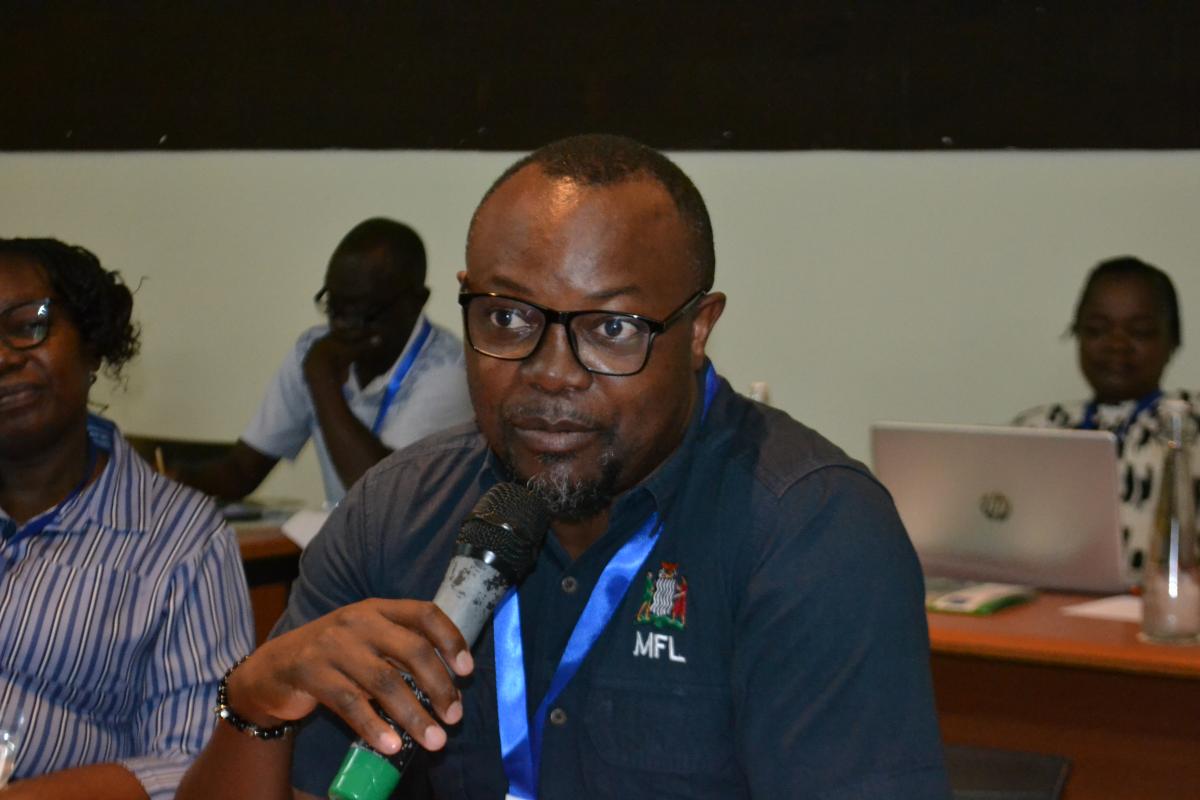
He revealed that some neighboring countries had shown interest and potential, which is a glimmer of hope given the increased market for producing and exporting.
To improve the seed system in Zambia, there is a need to continuously support farmer communities in harnessing indigenous seeds.
The CIAT Zambia Country Representative, Ms. Emily Banda, acknowledged that although Zambia is regarded as having a good seed system, being among the top three countries in Africa, there is a need to embrace indigenous seeds and also promote indigenous foods in communities.
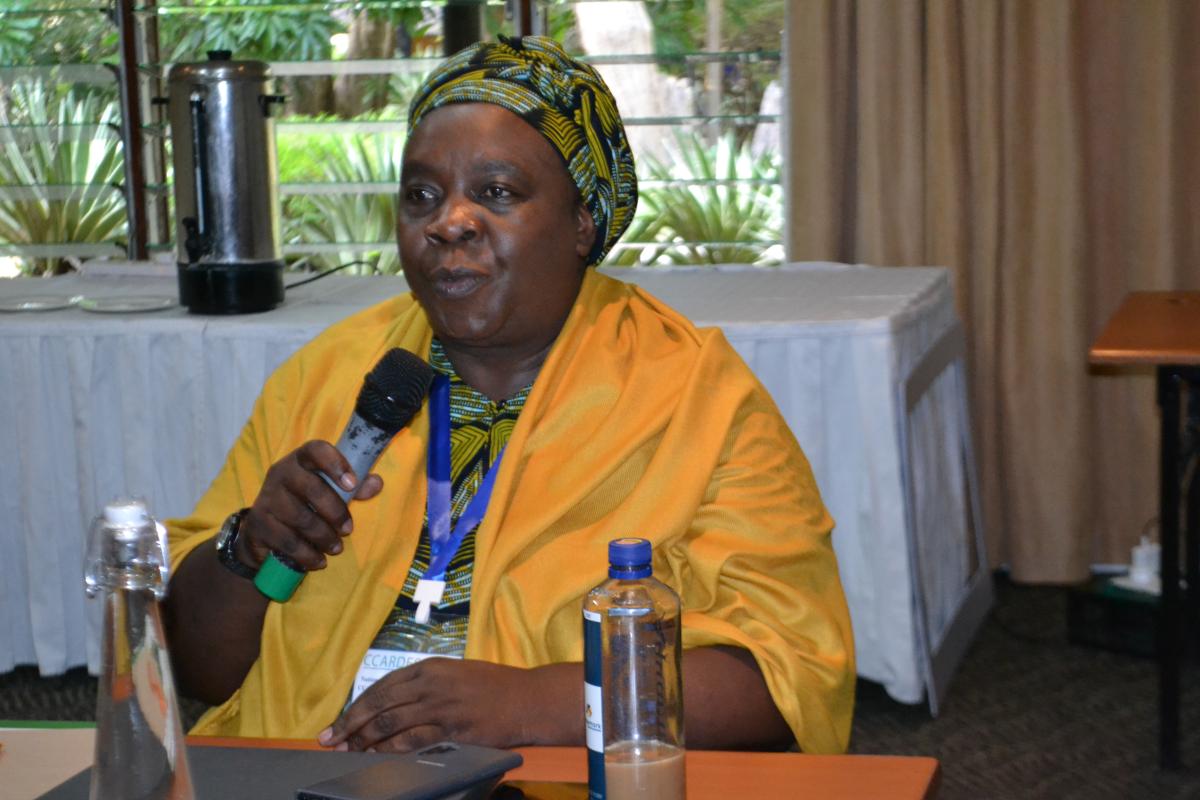
A representative of the Comprehensive Africa Agriculture Development Programme Youth Network (CAADPYN) in Zambia, Ms Susanna Phiri advised that raising pasture must be prioritised in farming communities so that it is available within communities to avoid depleting grazing areas.

Achieving the Malabo commitments in the long term requires the participation of various players across sectors to work collaboratively in driving the agriculture agenda. Only then will the transformation and growth of the agriculture sector be attained.
The journey towards meeting the Malabo Declaration's goals by 2025 is ambitious, requiring concerted efforts across various sectors and levels of governance. The insights shared underscore a collective recognition of the challenges ahead and a resolute optimism in the face of these challenges. Through collaborative efforts, there's a hopeful vision of achieving a transformed, sustainable, and inclusive agricultural sector in Zambia as the spirit of commitment remains undimmed.
The Author is the Principal Agricultural Information Officer for the National Agricultural Information Services (NAIS)

